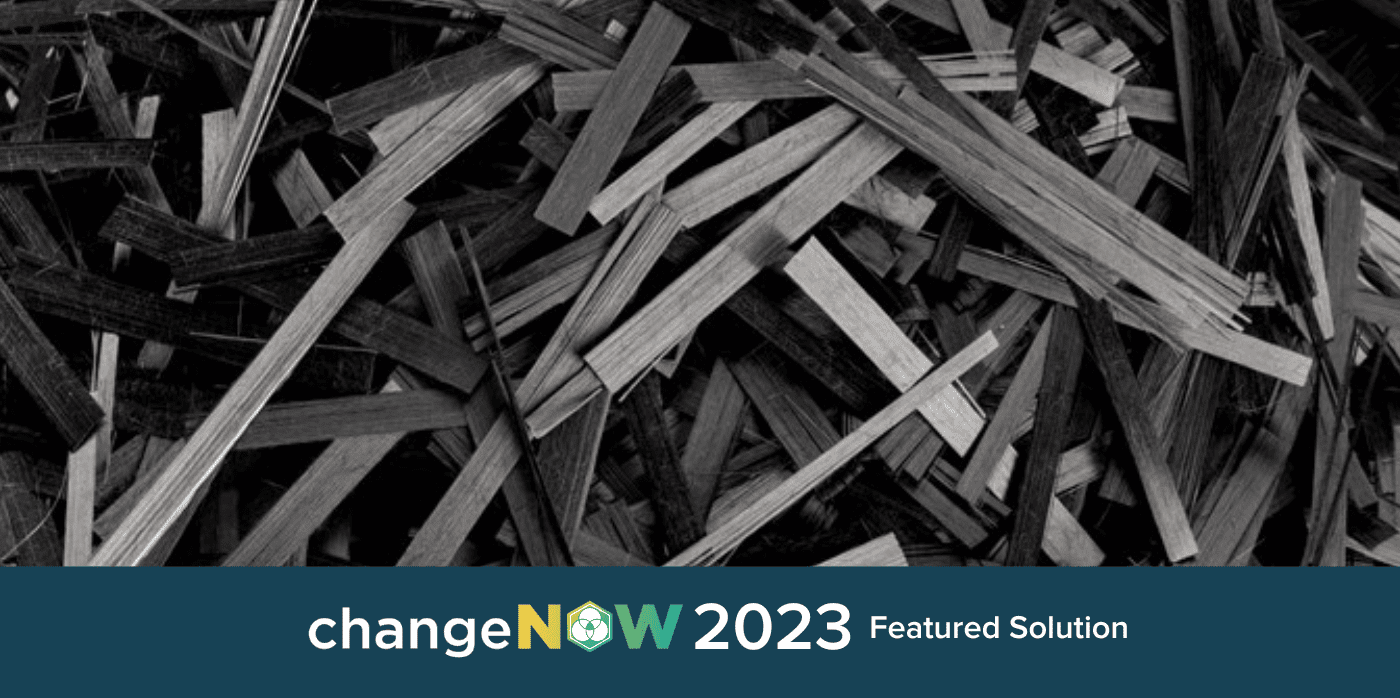Recycled carbon fibre composite material

Spotted: Carbon fibre composites are widely used substances, appearing in aircraft and spacecraft parts, wind turbine blades, bicycle frames, and many other components that need to be strong but light. However, most carbon fibres are difficult to recycle and repurpose. This is particularly problematic in the wind turbine industry. Given that, from 2030 onwards, around 5,700 wind turbines will be dismantled each year in Europe alone, a recycling solution needs to be found.
Fairmat has devised a way to recycle all types of carbon fibre composites. Its process is largely automated and uses robotics and machine learning to deliver precision and efficiency. The proprietary process breaks waste up into small pieces that keep the original resin and carbon fibre together. Fairmat then creates compounds from the waste and coats them with a small amount of additional resin to form a new matrix. The resulting compound is then moulded according to customer needs and hardened.
Ben Saada, Fairmat CEO, explains: “Recycling advanced materials like carbon fibre composites is one of the strongest actions we can take to accelerate the decarbonisation of the manufacturing sector.”
Although the process is still under development, Fairmat has already secured more than 35 per cent of European carbon fibre scrap supply and opened its first factory. The company has also secured €34 million in a series A funding round and hopes to eventually expand into the US, Spain, and Germany.
The growing mountain of used wind turbine blades sitting in landfills is encouraging a number of innovations targeting this waste. Some of those recently spotted by Springwise include blades made from a composite material that can be more easily recycled and reused, a bladeless turbine, and a bioplastic blade material that can be turned into gummy bears.
Written By: Lisa Magloff



